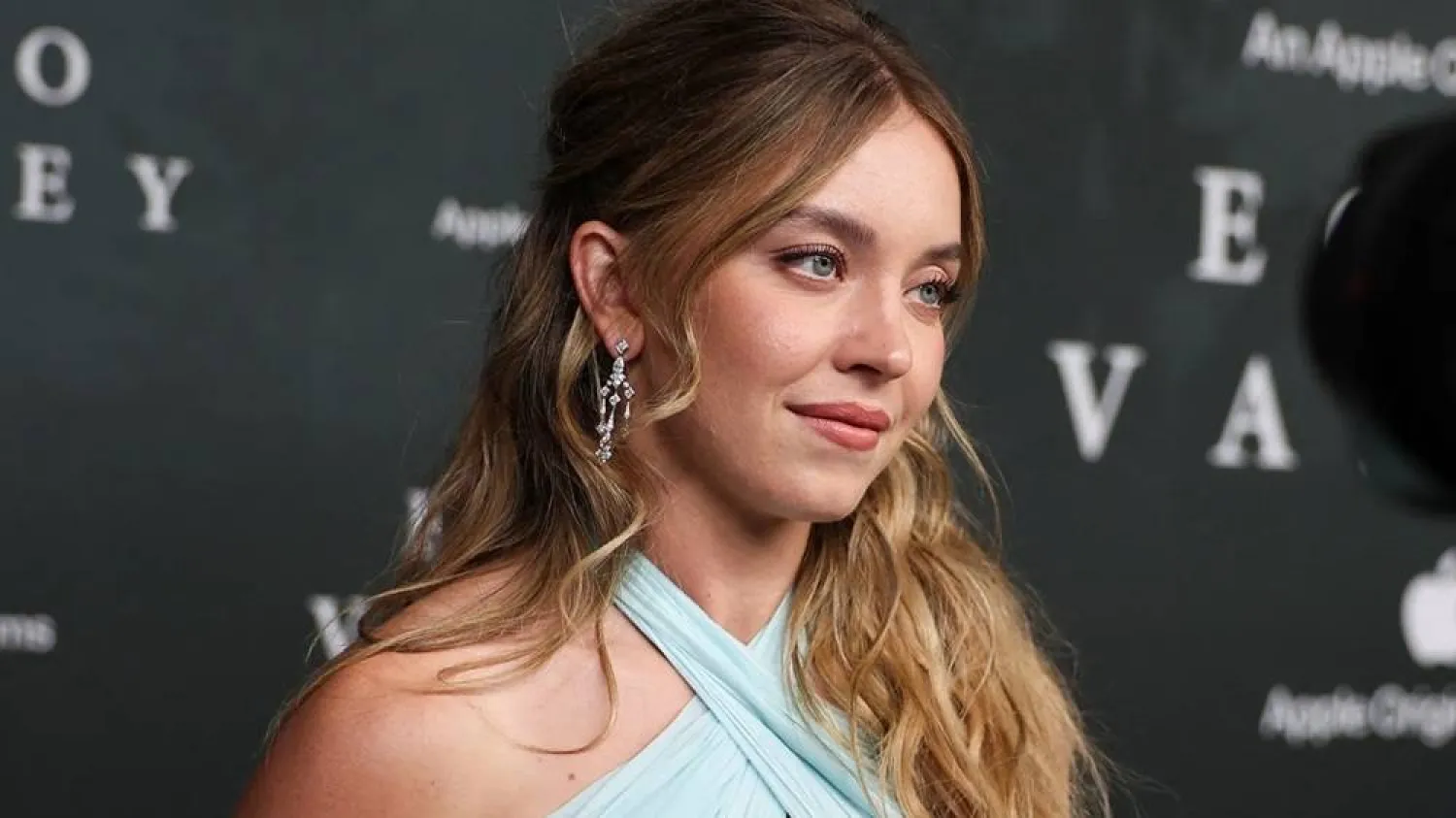“Get Ready with Me” — to go on a date, go to work or ... get fired?
“Get Ready with Me” videos are everywhere these days, and they’re as straightforward as the name suggests. Social media users, often influencers, invite viewers to watch them get ready to do something or go somewhere. And embedded in the storyline are the skin care, the makeup, the hairdo and all the glam that goes into looking hot — and, of course, the personal stories about life or love that arrest your attention.
GRWM videos, as they’re also known, are part of a trend of “with me” content that has gained popularity over the past decade. Think “Clean with Me” videos where users watch people clean their homes for inspiration or pleasure. Or hours-long “Study with Me” videos for students who want buddies for intense cramming sessions but don’t have any friends nearby.
More than a decade after debuting on YouTube in the days when creator content was still relatively new, “Get Ready with Me” videos and their personal sensibilities have inundated social media thanks to a shorter iteration of the genre, which seems to have lent them a more personal and even revelatory tone.
“For creators, this is a vehicle for storytelling,” says Earnest Pettie, a trends insight lead at YouTube. “It becomes an excuse to share something about your life.”
People are watching by the billion
The videos have made everyday tasks a core staple of our online diets on platforms like YouTube by drawing in viewers who find it either informative, communal, or both.
Consumers, for the most part, seem to be really into it. In a report released in August, YouTube said there were more than 6 billion views of videos titled with variations of “grwm” at that point in the year. On TikTok, videos with the hashtag “grwm” have been viewed more than 157 billion times.
Celebrities and “it girls” have hopped on the bandwagon, often to promote their brands or as part of Vogue’s “Beauty Secrets” series, which draws from the trend. In April, model Sofia Richie Grainge joined TikTok and posted a series of Get Ready with Me videos to offer fans an inside look into her wedding.
In the initial years of the genre, Pettie says, people would simply put on makeup in front of the camera. Soon after, the videos evolved to what is seen today — content creators getting glammed up while talking to their followers about whatever’s on their minds.
It experienced another revival in recent years with the popularity of short-form video, TikTok’s bread-and-butter — which was cloned by YouTube and Instagram in the form of Shorts and Reels, respectively.
The genre is being adopted by up-and-coming creators who might be uncomfortable sharing a story in a video without doing anything else, says Nicla Bartoli, the vice president of sales at Influencer Marketing Factory. Adding activities has the tendency to make content feel less heavy and more inviting, especially to viewers who’ve never come across the creator but are interested in what they’re doing.
Because users also tend to scroll quickly on TikTok, creators must capture a viewer’s attention right away before they move on to the next thing on their “For You” page. More engagement means more popularity, which typically leads to partnerships with companies eager to pay influencers through brand deals or other means.
“The level of compelling stories has been increasing a lot,” says Bartoli, whose company connects influencers with brands who want to partner with them to promote products. “It can be because it’s more crowded. You need to step up the game, so to speak.”
Get ready for emerging personalities
One of the most-known influencers in this arena is 22-year-old Alix Earle, who shares her experiences with struggles like acne, an eating disorder and panic attacks as well as lighthearted episodes about nights out with friends. She has nearly 6 million followers on TikTok.
Alisha Rei, 18, who lives in Toronto and models, says she wants to create viral social media content to help her build her following and, in turn, her modeling career. She says her friends told her to make Get Ready with Me videos because they tend to be popular.
Because of modeling events, Rei says she’d missed some shifts at her part-time job working at a mall shoe store. So she decided to make a “get ready with me to get fired” video while doing her makeup before she went back for another shift. The video was tagged #pleasedontbelikeme.
In an interview, Rei, a college freshman, says she received a warning from her manager but didn’t get fired.
Often, behind the “getting ready” content lurk other, more commercial messages.
Bartoli notes that many of the confessional videos do more than they might first appear: They can provide more engagement from users who want to receive updates on a story that’s being shared or know more about the products creators are using. That can make the videos good for product placements and encourage brand partnerships, which, according to Goldman Sachs, is the largest source of income for creators.
The investment bank said in a report earlier this year that the creator economy is worth $250 billion today and could roughly double in size by 2027.
Allie Pribula, a 25-year-old TikToker who used to be an elementary school teacher in the Philadelphia suburbs, says she started making GRWM videos as a way to process her feelings about her old job. Pribula says some companies have since reached out to her to offer gifts and have paid her to market products on her page. She says she considers it a “side hustle.”
Camilla Ramirez Diaz, a 25-year-old optician who lives in Burlingame, California, recently bought a freckle pen that was featured on GRWM videos she watches at night to wind down her day. Diaz prefers to watch them more on TikTok, where she says the content can be a bit more personal. She cites a video she recently came across from an influencer who was getting ready while stranded in London due to an expired passport.
“It's almost like you’re watching your friend on FaceTime with you,” Diaz says. “I could sit there all day and watch Get Ready with Me videos from different creators. They’re just a mix of everything.”









